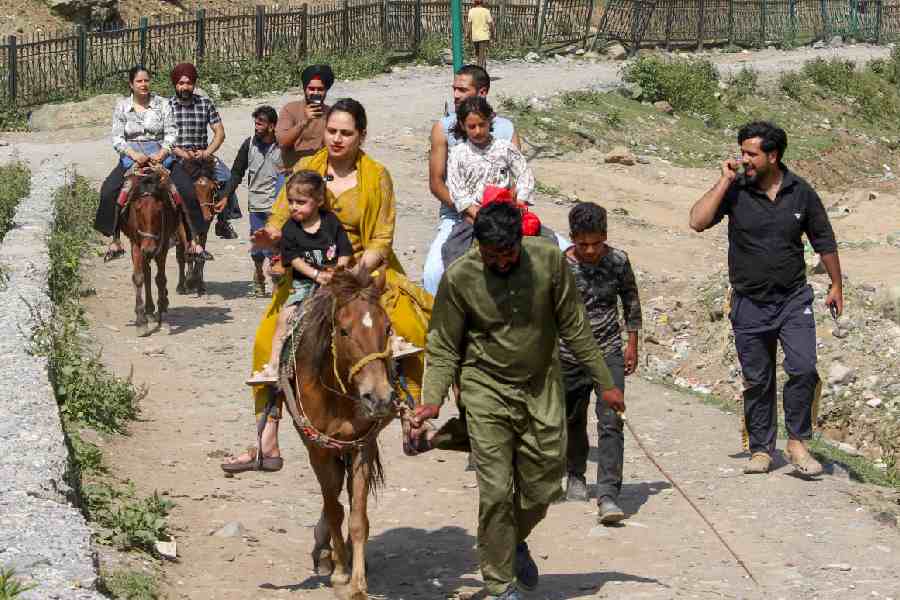Jamshedpur, March 18: Officials of the Uranium Corporation of India Limited (UCIL) today ruled out risk of radiation here, as the percentage of uranium in the ores were negligible at its mines in East Singhbhum, which was located in a low seismic zone.
The recent explosions at the nuclear power reactors in Japan following an earthquake, which triggered a tsunami, had raised serious questions about the safety of nuclear power reactors in India and other vital installations under the department of atomic energy (DAE).
A senior official of UCIL told The Telegraph that following the nuclear power disaster in Japan, the corporation reviewed the safety aspects of its mines and uranium processing plants at Turamdih and Jadugoda.
“Our mines are inherently safe and as such there is no threat of radiation in case of any natural calamity. We take whatever safety is required to be taken for a hard rock mine,” said D. Acharya, director (technical), UCIL.
UCIL, a government of India undertaking that functions under DAE, has the sole responsibility of mining and processing of uranium ore in India. At present, UCIL carries out uranium mining at six locations — Jadugoda, Turamdih, Bhatin, Bagjata, Narwahpahar and Banduhurang — all in East Singhbhum, to produce yellow cake, which is sent to Hyderabad-based Nuclear Fuel Complex.
The yellow cakes act as a fuel for nuclear power reactors as well as research reactors meant for strategic purposes.
DAE spokesperson S.K. Malhotra told The Telegraph over phone from Mumbai that uranium mining was started in East Singhbhum keeping in view its history of seismic records of about 200 years.
“We do not see any threat perception. But the incident of serial explosions in nuclear reactors has definitely raised safety concerns. We are also taking a look at it,” said Malhotra.
Recalling the December 2004 tsunami in India, he said both units of the Madras Atomic Power Station at Kalpakkam near Mahabalipuram had to be shut along with the fast breeder test reactor, located nearby.
“The reactors went into automatic shutdown. But we could re-start them after three to four days. We could maintain steady supply of water into the reactors through pumps after they went into automatic shutdown. Maintaining supply of water, which acts as a coolant, is very essential after a nuclear reactor shuts down,” Malhotra said.
“The explosions at the nuclear reactors in Japan took place due to excessive heat. Water could not be pumped into the reactors,” he explained, adding that during the Bhuj earthquake too, both units of the Kakrapar Atomic Power Station in Gujarat had to be shut down for a couple of days.
The senior DAE official explained that in both cases they could continuously cool the reactors by avoiding mishaps.











